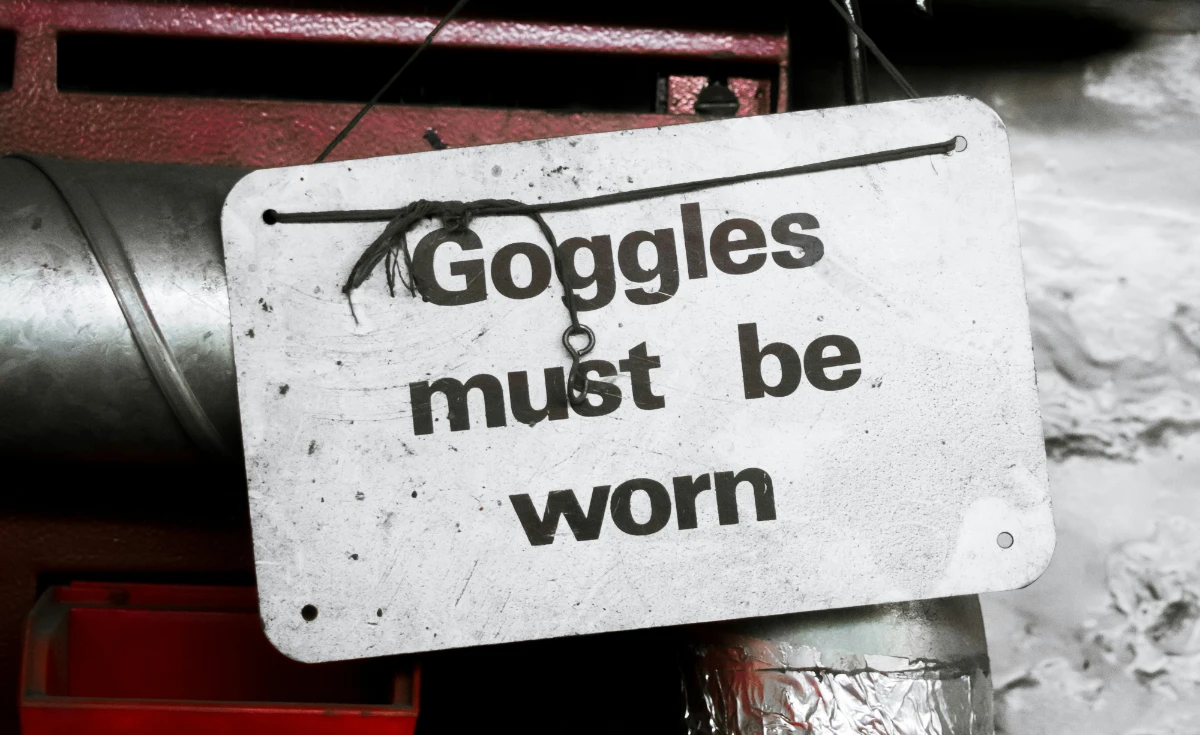Safeguarding Success: Essential Safety Precautions for Fall Protection in the Workplace
by: Clark Insurance, A Marsh & McLennan Agency LLC Company
Workplace safety is paramount, and one of the most critical aspects is fall protection. Whether you’re working on a construction site, in a manufacturing facility, or any environment with elevated surfaces, understanding and implementing fall protection measures is essential. Falls are a leading cause of workplace injuries, but with the right precautions, these incidents can be significantly reduced or even prevented.
Key Safety Precautions:
1. Risk Assessment:
Before any work begins, conduct a thorough risk assessment. Identify potential fall hazards, assess the severity of each risk, and develop strategies to mitigate them. Understanding the specific challenges of your workplace is the first step towards effective fall protection.
2. Proper Training:
Equip workers with comprehensive training on fall protection. This should cover the proper use of safety equipment, recognition of potential hazards, and emergency procedures. Regular refresher courses can help reinforce safety protocols and keep employees informed about the latest industry standards.
3. Use of Personal Protective Equipment (PPE):
Employers should provide and ensure the correct use of appropriate personal protective equipment. This includes harnesses, lanyards, and other gear designed specifically for fall protection. Regular inspection and maintenance of PPE are crucial to guarantee their effectiveness.
4. Guardrails and Barriers:
Implement physical barriers such as guardrails, toe boards, and safety nets to prevent accidental falls. These structures provide an added layer of protection and act as a first line of defense against potential hazards.
5. Anchorage Points:
Ensure the availability and proper installation of secure anchorage points. These points serve as the foundation for attaching lifelines, lanyards, or other components of a fall arrest system. Regular inspection and testing of anchorage points are vital to maintain their integrity.
6. Safe Work Practices:
Encourage and enforce safe work practices, including proper ladder use, maintaining a clean and organized workspace, and using elevated work platforms when applicable. Emphasize the importance of situational awareness to prevent slips, trips, and falls.
7. Regular Equipment Inspection:
Periodically inspect all fall protection equipment to identify any signs of wear, damage, or malfunction. Defective equipment should be immediately taken out of service and replaced. A proactive approach to equipment maintenance is key to preventing accidents.
8. Emergency Response Planning:
Develop and communicate a clear emergency response plan in case of a fall. This should include rescue procedures, first aid measures, and communication protocols. Regularly rehearse these plans through drills to ensure everyone is familiar with the procedures.
Investing time and resources in fall protection measures is an investment in the well-being of your workforce. By prioritizing risk assessment, proper training, equipment maintenance, and safe work practices, employers can create a workplace culture that values safety above all else. Fall protection is not just a legal requirement; it is a shared responsibility that fosters a secure and productive work environment for everyone.
Article originally published January 17, 2025, https://www.clarkinsurance.com/essential-safety-precautions-for-fall-protection-in-workplace/?highlight=fall%20protection%20in%20the%20workplace

